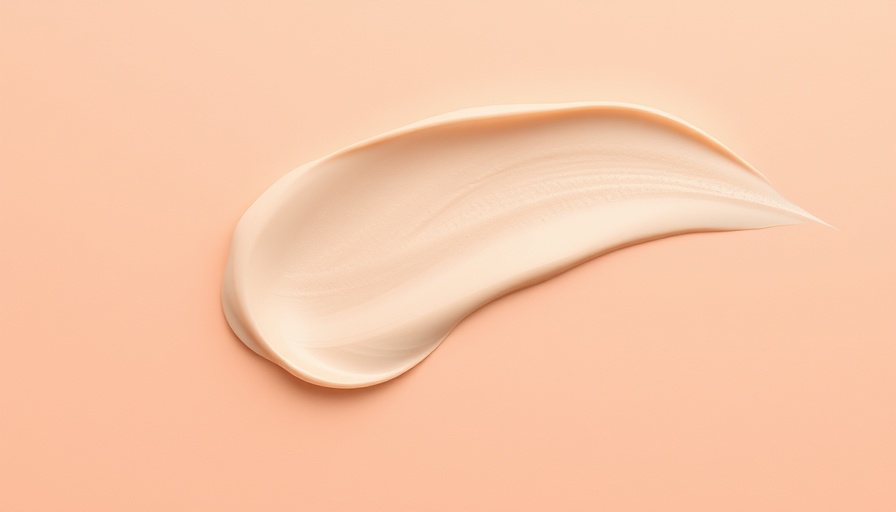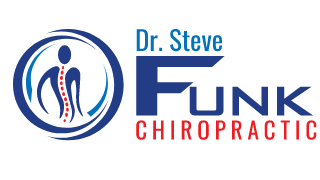
Understanding Facial Scars: A Comprehensive Overview
Facial scars are like unwritten chapters in our personal stories, each with its own unique cause and significance. They can be remnants of a youthful adventure, a reminder of a battle with acne, or marks left by surgical procedures. As common as they are, many people search for effective ways to manage and improve their appearance.
The Healing Process of Facial Scars
The healing journey for facial scars begins deep within the skin. When the dermis sustains damage, our bodies spring into action. A blood clot forms and a scab develops, while fibroblasts work tirelessly to produce collagen and rebuild the tissue. However, if collagen isn’t laid down in an orderly fashion during the rush to heal, scars can form. It’s essential to support your skin through this process.
Two key rules for optimal healing include protecting scars from sun exposure and ensuring adequate hydration. UV rays can darken scars, making them more apparent, and regularly moisturizing provides a nurturing environment for skin repair.
What Causes Facial Scars?
Scars can result from various factors, including injuries, surgeries, and even the habit of picking at scabs. Additionally, your skin's age and tone, the location of the injury, and hormonal fluctuations can impact how scarring occurs and heals. Knowing what affects your skin can set you on the right path to scar management.
Types of Facial Scars and Treatments
They're mainly classified into three categories: Keloid scars, which are raised and larger than the original wound; Atrophic scars, often linked to acne, which present as depressions in the skin; and Hypertrophic scars, thick but typically contained within the boundaries of the original injury.
Each type requires a tailored treatment approach. For instance, laser treatments may work wonders for acne scars, while silicone gel sheets can reduce the size of keloid scars. Understanding the type of scar is crucial for selecting the best treatment to help you feel comfortable and confident in your skin.
Key Takeaways for Wellness and Beauty
Management of facial scars isn’t just about aesthetics; it speaks to a holistic approach to wellness. By understanding how our scars form and what treatments are available, we empower ourselves in our self-care journeys. A focus on sun protection and hydration doesn’t just promote skin health—it enhances our overall well-being. Embracing our scars can foster self-acceptance and confidence, transforming how we view our narratives.
 Add Row
Add Row  Add
Add 




 Add Row
Add Row 


 Add
Add
Write A Comment